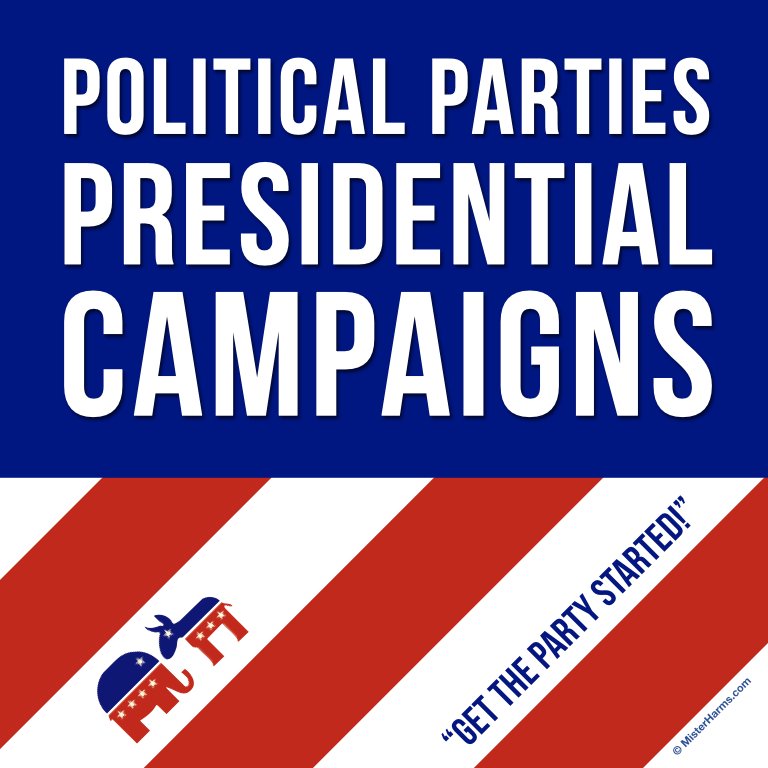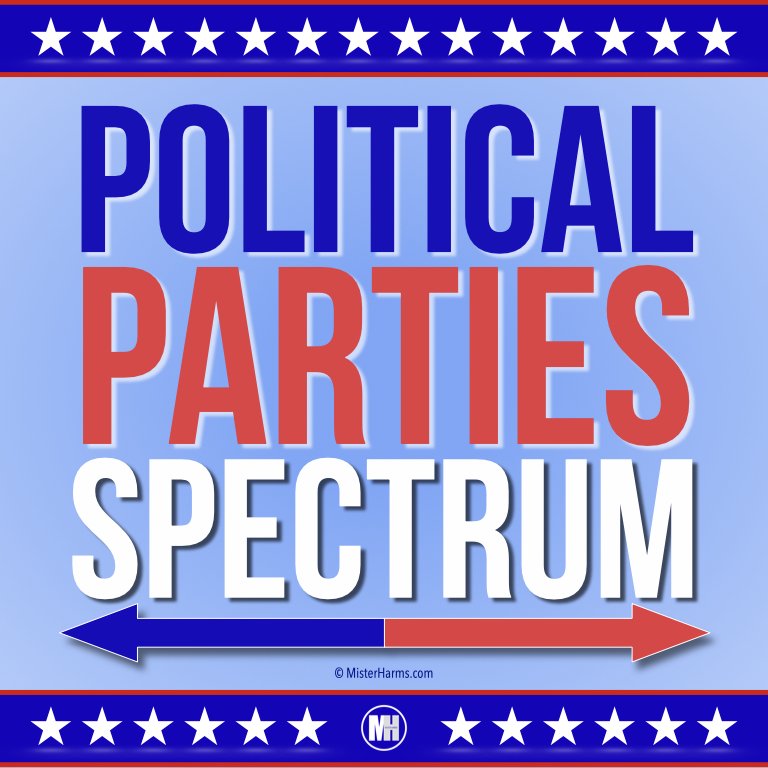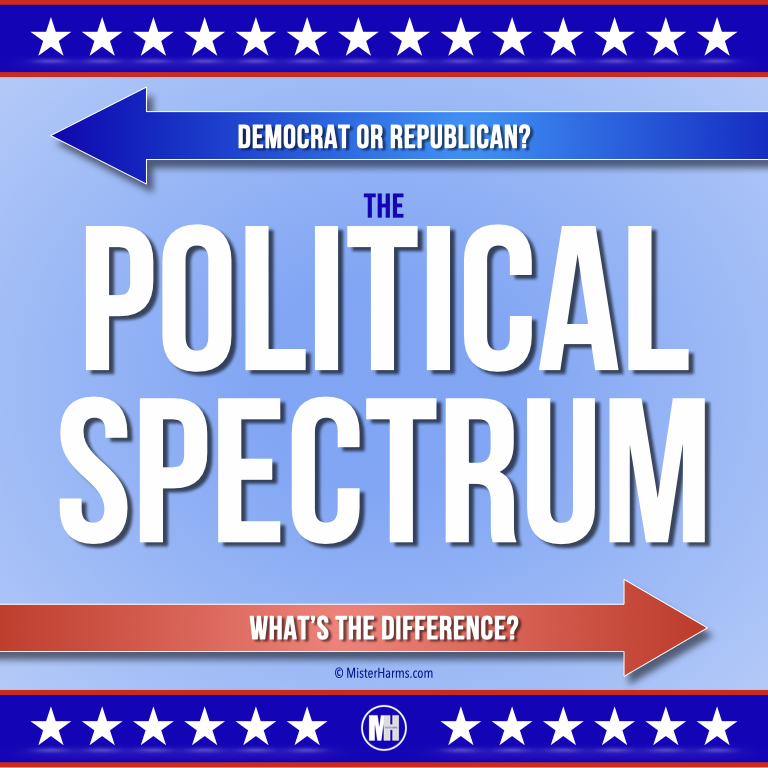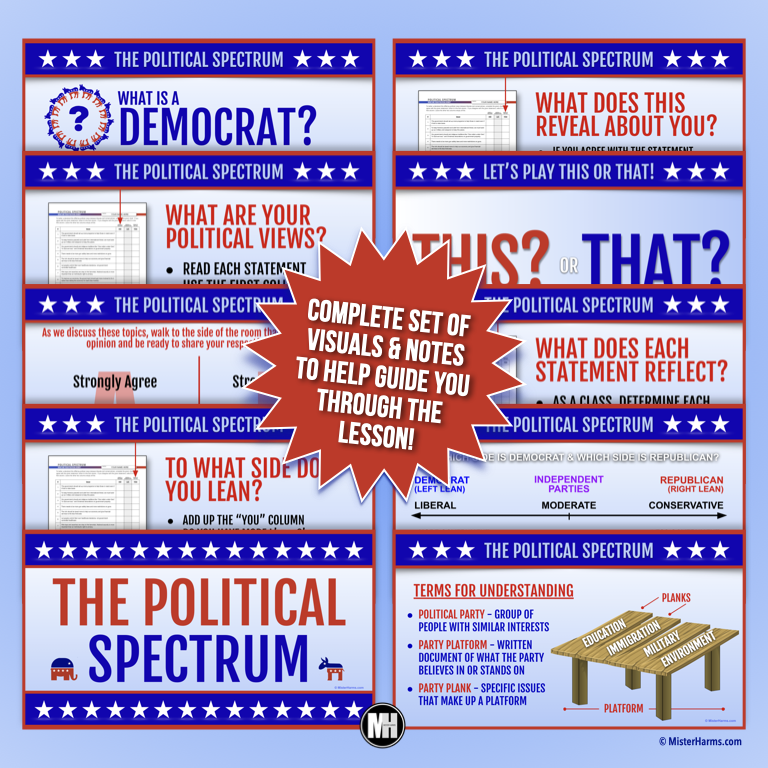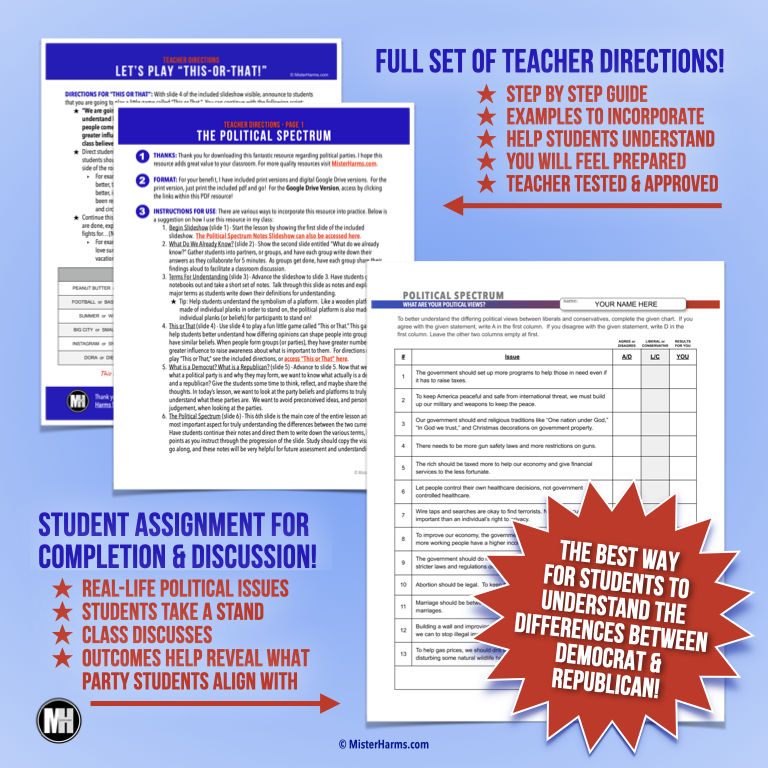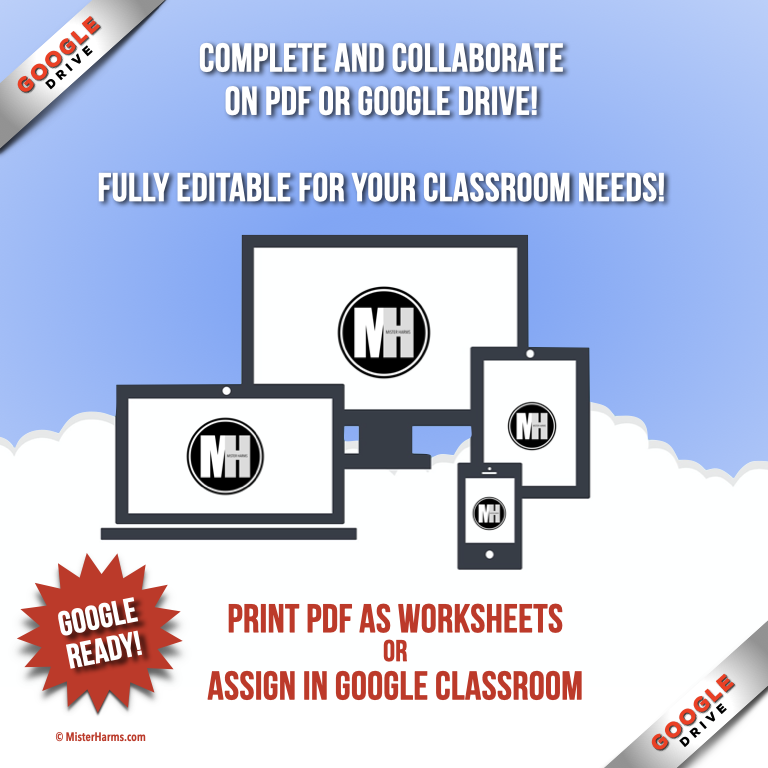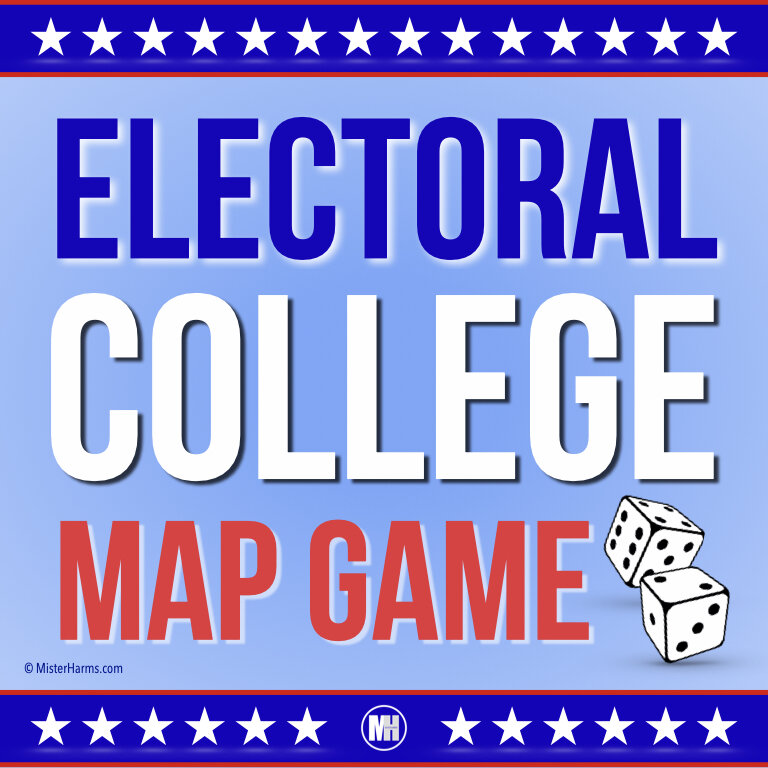5 Lesson Ideas To Keep Your Students Engaged During This Presidential Election Season
One of the most exciting times for any social studies teacher comes every four years. This exciting time that we all know and love is the season leading up to the election of the next President of the United States. It’s during this time when all students become naturally curious about what’s going on in the news, who the candidates are, and what each candidate believes. To capitalize on this natural curiosity, I want to share five proven ways to keep your students engaged, and excited to learn, during the presidential election season.
1. Create an Election Wall in Your Classroom
Keeping students informed is one of the first steps I like to take in helping students stay engaged during the presidential election season. Start by transforming any area of your classroom into an election wall. Whether it be a bulletin board, or any available space, spice up your wall with a title. Maybe your wall could say, “Who Will Be the Next President?” or “Road to the White House.” Whatever creative title you choose, add to your election wall by posting images of all the candidates that have been in the race. Separate the candidates by party. Include all current candidates as well as past candidates who have dropped out of the race. I would also recommend including third-party candidates that are running for office. Many students will be surprised to see the wide array of candidates running for this prestigious position.
In addition to candidates, have fun posting additional visuals such as an electoral college map, candidates’ quotes, and where the candidates stand on the issues. You may even want to include a spot for students to vote by having students place a post-it note on their favorite candidate. Whatever you choose to include on your election wall, the information will surely spark conversation and initiate engagement amongst your students!
2. Watch a Presidential Candidate Debate
Watching a presidential debate in class has proven to be a fantastic way for students to get connected with the candidates and become engaged with the entire political spirit of the election season. Whether it be a general election, primary race, gubernatorial race, or a presidential race, students love hearing the arguments made between the political candidates. When paired with an engaging tool such as my Debate Viewing Guide, this simple yet effective lesson idea, of watching the latest candidate debate, will help guide students through the various hot-topics being discussed. The nice thing about watching debates in class is that students get to see and hear the unfiltered messages directly from the candidates themselves. There are no news outlets or family members present to get in the way of influencing the candidates’ words. One helpful strategy to use when watching videos is the stop-and-go strategy. Stopping the video for classroom discussion after candidates have explained their views on each topic provides an engaging back and forth between teacher and students. Students love to share their political thoughts when the political arguments are still fresh in their minds. This stop-and-go strategy, paired with the debate viewing form, provides for students with shorter attention spans and keeps them actively engaged throughout the entire video. Watching presidential debates can be an exciting learning tool for any classroom. Students love the discussions, and teachers love the easy prep as videos can be accessed for free on YouTube or any news outlet.
⭐️ Join my classroom for email updates and get 10% off your next purchase! ⭐️
3. Run Your Own Presidential Campaign Simulation
Get your students running for President! Learning about the entire presidential race is definitely important, but actively being engaged in a presidential campaign has proven to be a game changer for my students. Each year during our election unit, while we learn about the various aspects of political parties, I have students create their very own political parties as they compete against each other in a campaign for president. Students love the competition, and teachers love the engagement. In groups of 4-5 students each, campaign groups select a candidate, create a party name, logo, slogan, signs, banners, commercials and other creative propaganda material. In addition to the needed campaign materials, students are directed to construct detailed stances on a variety of school, state, and national issues to use as their party planks and party platforms. These planks are used to help the chosen presidential candidate give their presidential speech. When all the hard work of campaigning is done, students love the anticipation leading up to the big day - election day. On election day, students enjoy presenting their campaign propaganda, showing off their party platforms, and watching their presidential candidate give a riveting speech. Year after year, students will come back to me and express their love for politics due to this exciting, yet educational experience. I highly recommend including a Political Party & Presidential Campaign Simulation in your own classroom this election season!
4. Lead a Classroom Discussion on “Are You a Democrat or Republican?”
This discussion activity is one of my favorites! I have found that most students don’t really know what the difference is between a Democrat and a Republican. Many don’t even know if they themselves are a Democrat or Republican. Students may claim a party based upon prior knowledge from their family or friends, but do they really know where they stand as higher level thinking individuals? I like to start by asking the class what party they think they agree with most. I then proceed to discuss some beliefs about the political spectrum, such as liberal and conservative, and how these two views regarding government really drive the differences between parties. I then pick out some hot-topic statements that cover a broad view on politics such as free tuition for all, stricter borders, more gun control, making abortion illegal, etc.. I have students decide whether or not they agree or disagree with each statement presented by moving to different sides of the room, and students get to share their opinions in a civil manner. This definitely provides for some thrilling discussion.
When the discussion is complete, we try to place these hot-topic statements on the proper side of the spectrum labeled liberal or conservative. As we finalize the discussion and placement of topics, I then ask the class which side they think tends to be more Democrat and which side tends to be more Republican? This visual spectrum, and detailed look into the platform issues themselves, has proven to be an engaging way for students to see the true differences between a Democrat and a Republican. It also provides students a means to have their voices heard in a friendly, debate-like discussion.
Want to have your own classroom discussion regarding the political spectrum? I have put together all the best pieces into a resource for you entitled Political Parties Spectrum: Discussion Notes and Activities
5. Have Students Play The Electoral College Game
As you have probably experienced before, many students think that whichever presidential candidate gets the most votes will win the presidency and become the next President of the United States! This sounds like a reasonable way to vote for President, but many students are surprised when I explain that it doesn’t necessarily work that way. Voting for President, as you well know and some find rather debatable, is determined by the Electoral College. This Electoral College voting plan, as established by the founding fathers and included in the Constitution, was to make sure large and small states, as well as urban and rural regions, would have a more equal voice in determining who would become the next President.
There are certainly some fantastic discussions that can be had from this topic alone, but since it can be somewhat confusing for some students to comprehend, playing an Electoral College Game is definitely a more engaging and fun way to teach this concept to students. Here’s how you can play this game in your classroom:
Pair students into groups of two. These two will play against each other.
Give each group a red and blue crayon, a pair of dice, and a printed map of the United States that includes the number of electoral votes for each state. One player will be a red Republican and the other player will be a blue Democrat.
The game begins in this manner. For each round, both players roll the dice. Whoever has the highest dice total that round gets to choose the state they want to win and proceeds to color in that state with their colored crayon.
The gained points, or electoral votes won by that state, are then added to that player’s point total. This colored state is now captured and no longer able to be won in future rounds. Students will enjoy seeing their map being filled in with their color.
The game continues to proceed in the same way round after round, coloring in states and capturing her points, until one player advances to a grand total of 270 electoral votes or points. The player to reach 270 electoral college points wins the game and becomes the next President of the United States!
This game idea is such a simple yet enjoyable way for students to better understand how the electoral college, and the race to become President, actually works! Download the Electoral College Map Game today. Your students will love you for it!
Implementing With Confidence
The presidential election season brings an added excitement to the classroom. It provides an important opportunity for students to be engaged in the political process as they will become the future leaders of our nation. I encourage you to incorporate some or all of these lesson ideas in your classroom this coming election to help your students better understand all that goes into electing a President. Throughout my years of teaching social studies, I have tried numerous lesson ideas. Some ideas have been successful while others failed big time. However, these five lesson ideas can be implemented in your classroom with confidence. They are time tested, student approved, and proven to keep your students engaged, yet learning, during this upcoming election season. If you’d like even more presidential style resources, you may enjoy these executive branch lessons.
What are some lesson ideas you have implemented for the election season? I’d love to hear from you. Leave your thoughts in the comments below or contact Mister Harms. For more quality content, follow @MisterHarms on social media, or join my classroom for periodic updates with lesson ideas and deal alerts!


